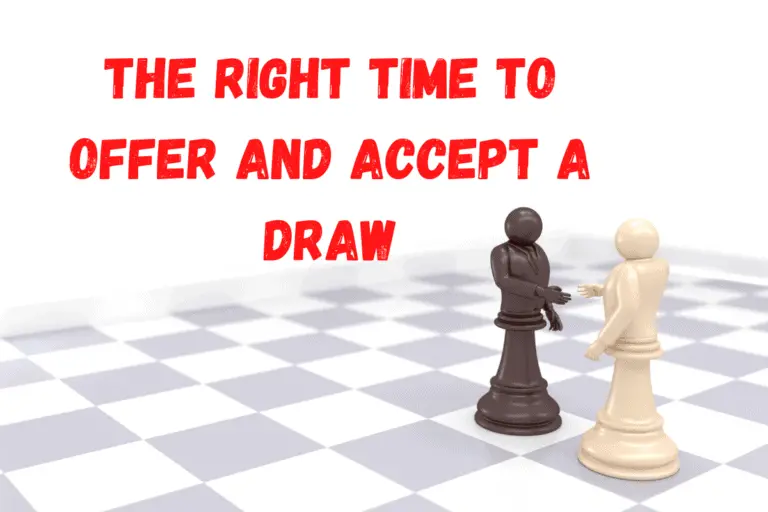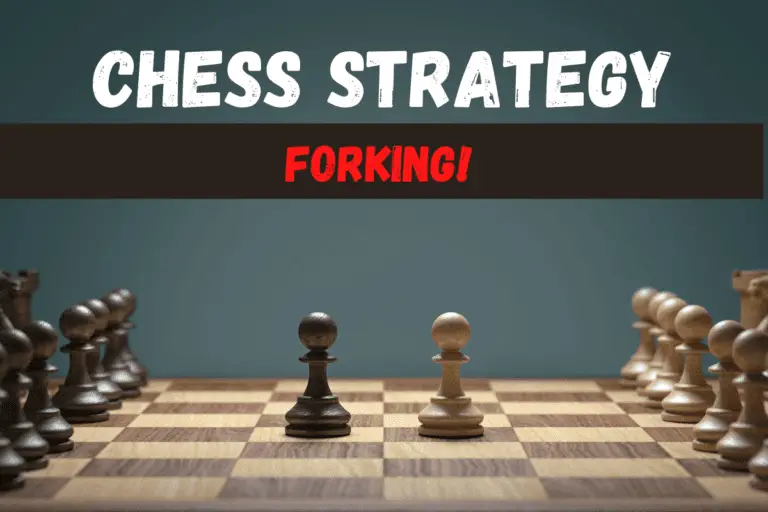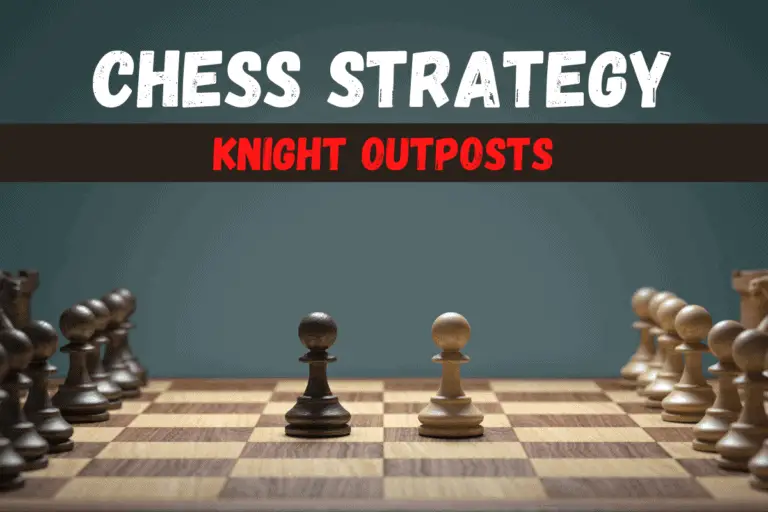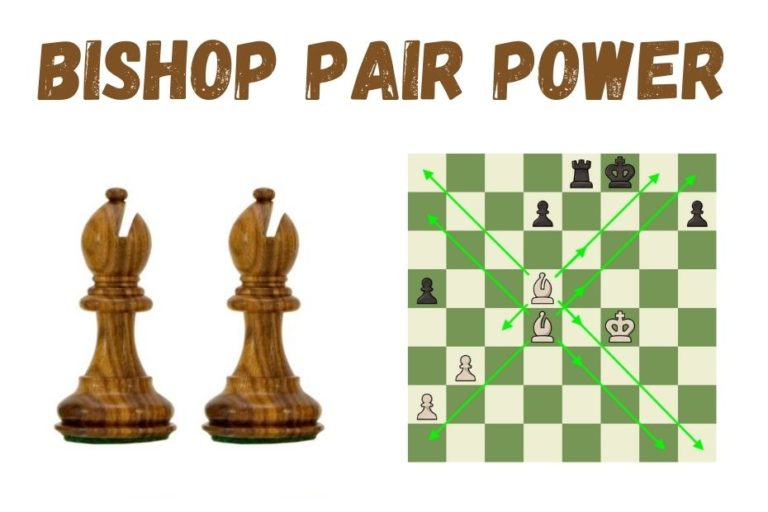A Discovered Attack in Chess: How it Works, and Why It’s Important
⭐⭐⭐ Take 4 minutes to read and improve your chess game ➡️ : This article was first published on, and is Copyright of Chessquestions.com
A discovered attack is a powerful tactic in chess that can often lead to a checkmate. It is one of the many types of attacks you might see on a chessboard, and it is aimed at taking advantage of an opponent’s weak spot. In this blog post, we will explore the definition of a discovered attack, how it works, how to identify when you are being hit with a discovered attack, and why they are so important in chess strategy!
A discovered attack is when you move one piece of material on the chessboard, and regardless of where that piece goes, it opens a threat from another of your pieces to your opponent’s, in some cases creating a discovered check. They can be fatal for the enemy.
Read on to find out how to use the discovered attack in the most effective ways. The ultimate discovered checkmate, or not instantly fatal but incredibly powerful discovered fork attack (yeah I just made that last one up!)
The Discovered Attack In Chess.
One of the most effective and surprising attacks to gain a tempo is the discovered attack. If you can turn the tables of a defending position into a discovered attack it can be one of the most devastating moves in a game.
In the most simple terms, you have an attack on an opponents piece but on of your own pieces is in the way. When you move the blocking piece you reveal (Discover) the attack
The beauty of the discovered attack in chess tactics is it almost always catches your opponent off guard, it surprises them, and it should almost always provide you with some valuable material gain and the advantage in the game at the very least if not check, or a tempo gain.
Types
There are a couple of types of discovered check to play with, from attacking high valued material to putting your opponent in a check position.
The basics of discovered attack are outlined above, so let’s looks at some very powerful variations that you can try once you have mastered the basics. These strategies can be match-winning chess moves. Even if you don’t mate at one move, you may well check or force your opponent into resignation from this direct attack strategy.
1. Discovered Attack with Check
Discovered attack with check can be a deadly tactic when the piece you move to reveal the discovered attack on another piece places the opponent in check with your moved material.
By moving a piece into a position placing your opponent in check, in most cases, they will have to take defensive action to protect the king and get out of check whilst leaving the discovered attack target open for capture and a gain of material for you.
2. Discovered Check
Discovered check is a slightly different form of discovered attack in that it is attained when moving one of your pieces to reveal path for another which places the enemy king in a check position.
In many cases, your opponent may spot this tactic and your build up to it and try to block it however, when the opportunity arises, it is essential that you do not miss it and are able to take the initiative.
Here is a video which is really easy to follow and understand how important making the right move to achieve discovered check can be and how fatal it can be to your opponent, even when you are down on material.
How satisfying to get into this position. I wonder if your opponent will allow you to mate them or will resign before it happens. The writing is on the wall from the start of this video, so you may not even get the pleasure of making the move in this scenario.
3. Discovered Double Check
Just before I wrote this article I was playing a bullet game on chess.com and managed to land this game changing discovered double check move. I was super fortunate as I had lost my queen which was under attack to a good fork just before, but was aware that by leaving the queen for capture, which was too much for my opponent to resist, I was able to turn the game immediately in my favor by the discovered double check.
Here is a video giving a visual of this. (Beware the audio mix is not great, so don;t turn up the volume too loud to hear the commentary as the moves are much louder and might give you a shock!! ha ha) Not my video
Discovered Double check with Royal Fork
Ok, that’s a bit overkill and would surely be only showing off right?
How to set up discovered attacks
Setting up a discovered attack will be about spotting a position on the board where you may be able to make one or two moves to achieve the goal. Sometimes, the opportunity for discovered attack will come from a mistake from your opponent as they attempt to gain a tempo, not spotting the danger that in a move or two you have your own game changing move ready to go.
Very often a discovered attack will come on the diagonal as a bishop that looks relatively blocked by your own pieces suddenly has a direct route to an en prise piece of your opponent, after their move and should you move the blocking piece of your own.
Discovered attacks are easier to set up and execute in the end game when there are fewer material left on the board and options more limited.
The Best Pieces to use in a Discovered attack are the Queen, Bishop and Rook
Whilst the queen is often not the best piece to use in fork attacks, they can be very effective in Discovered attacks along with the rooks and bishops. The combined range of movement also makes them excellent for double checks too as we have seen in the examples above.
Summary of the Discovered Attack in Chess
Now you know what the discovered attack is in chess, along with it’s variations and power of the move. Go play some training games at an online chess app. Find some discovered attack puzzles to test your ability to spot the opportunity of making this strategic move. Also don’t forget to be aware of your opponent looking to make a game-changing discovered attack on yourself.
Happy Chessing!
More Chess Strategy Help
One of the best tactics in chess for gaining material without reprise
Hold your opponents most powerful pieces in place with a pin and gain tempo
How to use a decoy and make a possible sacrifice to gain an advantage over your opponent.






